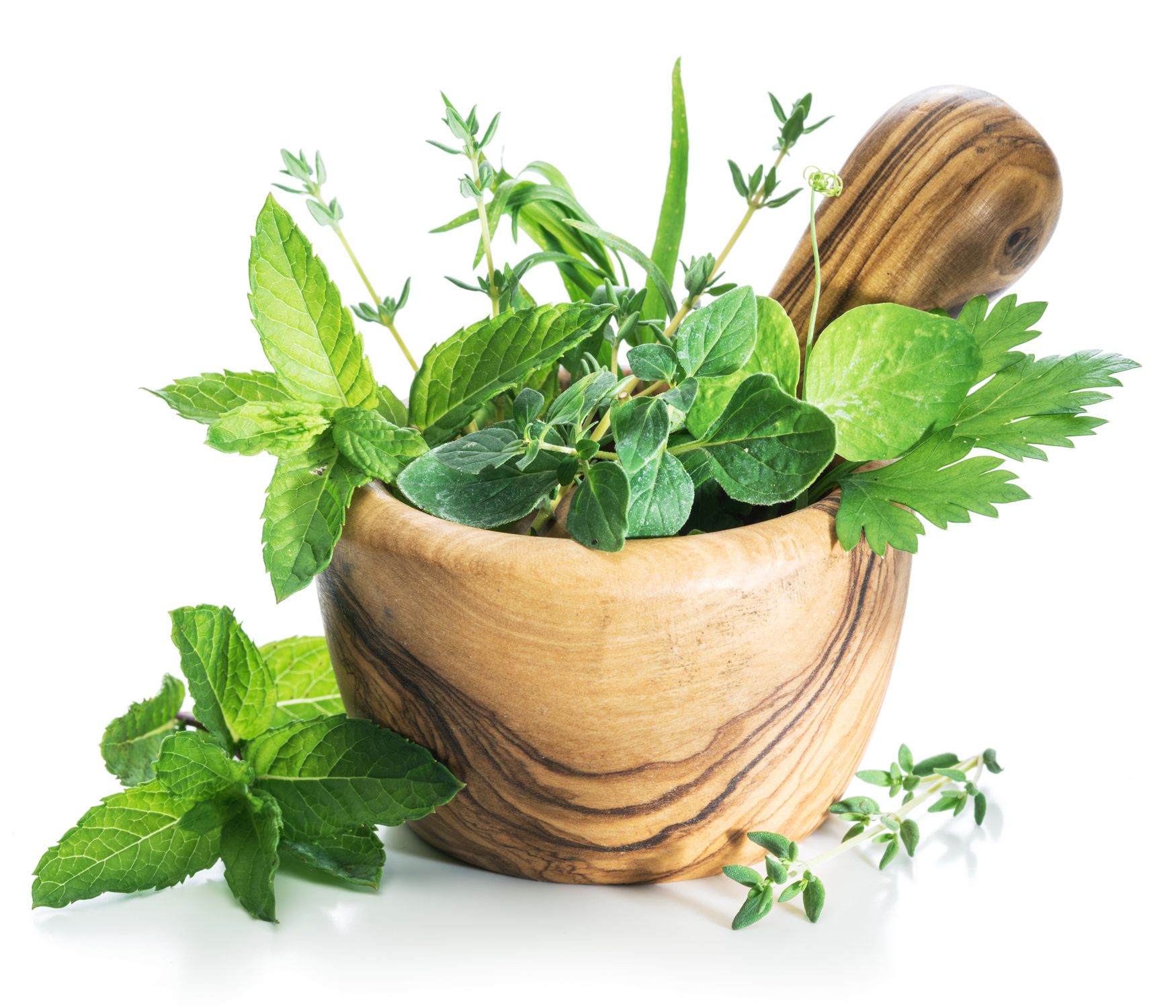Produce More Flavorful Foods At Home!


'Why 'food tasted better back in the day'
You’ll often hear previous generations say that “food tasted better back in the day” and although I might not have been around to taste the same foods they ate, I do know that times have changed.

Mass scale production means we have to develop crops that are hardier in the field, more suitable for transportation and storage, and more presentable on grocery store shelves. Breeding for certain traits sometimes allows others to fall to the wayside, like taste and flavor, or can even have negative effects on desirable traits.
Plant breeding is never casual; it’s a very delicate and specific process that requires years of research and dedication. However, while we appreciate the results, sometimes you just want the to-die-for tomato! Luckily, we do have the ability to plant some more flavorful options in our home gardens.
Gardening with intention
Home gardeners have the ability to manipulate the flavors of their fruits and vegetables but only to a small degree. The first way is by variety selection. You should be choosing varieties that are suitable for your area and weather conditions (check out USDA plant hardiness zones if you need some quick tips on this!), but then you can choose different types based on their various characteristics. One variety might be smaller and sweeter, one might be juicier, one might be more hardy or productive. For flavor, look for varieties where taste is a key point.
For some tips on what’s best to plant, pop in to your local greenhouse, garden center, or even enlist the help of the local University extension agents in your area. Length of daylight hours, soil type, etc can all affect flavor…just ask Alaska farmers when they have 20 hours of daylight, or tropical farms with butter flavored lettuce with too much heat stress—every situation is unique.
Husbandry counts too
Once you have your desired variety picked out, it’s time to get to planting. Give your plants a good head start by having a properly prepared seed bed and some type of irrigation set up (or hand-watering schedule).
Plants that are stressed by improper growing conditions, like weed pressure or competition from veggies planted together too closely, not only don’t produce that well, but their flavors can be affected. That said, make sure you are planting with appropriate plant spacing, row spacing, and seed depth, these are all important aspects to getting the perfect harvest.

Once you start to see sprouts filling your garden, it’s time to start thinking about regular watering and fertilization. Each plant species have different water and nutrient needs, so make sure to do some research on what you planted.
It’s important to water at the right time and in the right amounts, too much water can increase disease potential, too much water during fruit development can cause swelling (and bland flavors!).
Not enough water of course stresses the plant during the growing stages, but small amounts of “forced” water stress during key points of fruit development can actually lead to a tastier harvest! Backing off on irrigation can increase the concentration of some molecules in the fruit (tomatoes, berries, peppers, etc.) which make them sweeter, tastier, or in some cases, spicier!
Feed the need
Remember that plants need nutrients, so strategic fertilization will not only lend you a more bountiful harvest, but it gives your plants key nutrients at the right time. Don’t fertilize too early or too late, as both can impact crop growth and fruit development. Fertilization timing will vary based on the different crops, so again, do your research before planting.
If you really want to get into flavor development and manipulation, hydroponic growing styles have even more opportunity to boost flavors.
Remember, everyone has different perceptions of tastes and the same strawberry will be slightly different for everyone who tries it. Play in the garden a bit and see just how flavorful you can get your crops!
Tags:Garden & Landscape

Acreage Life is part of the Catalyst Communications Network publication family.














